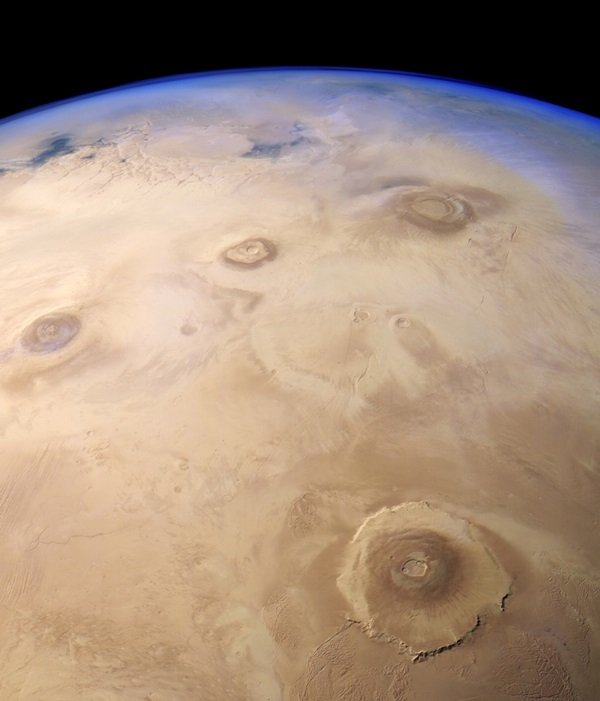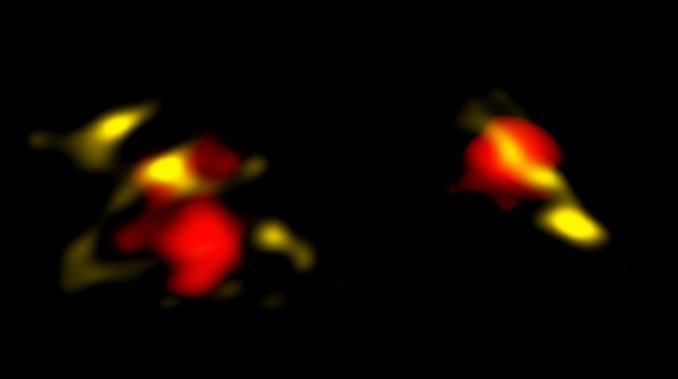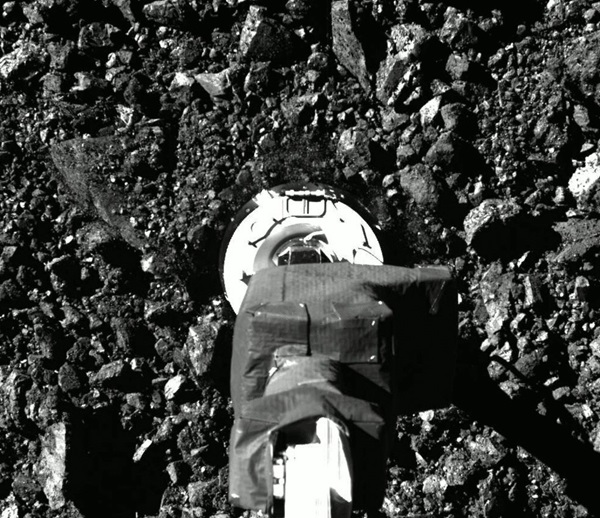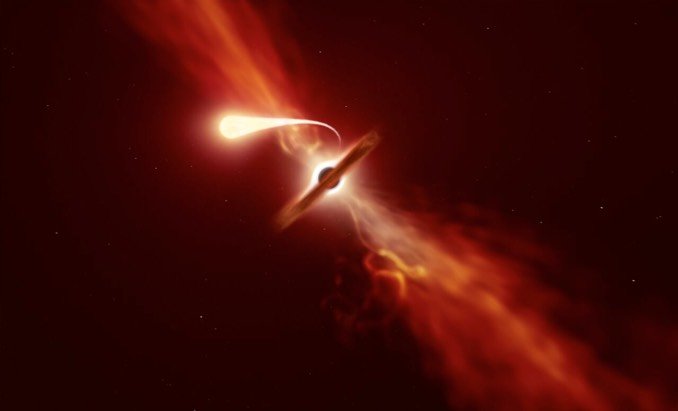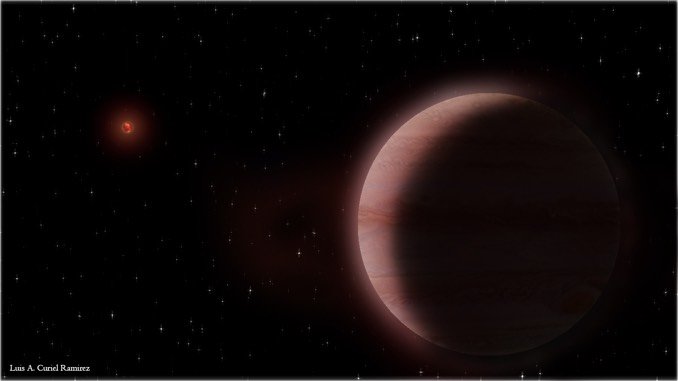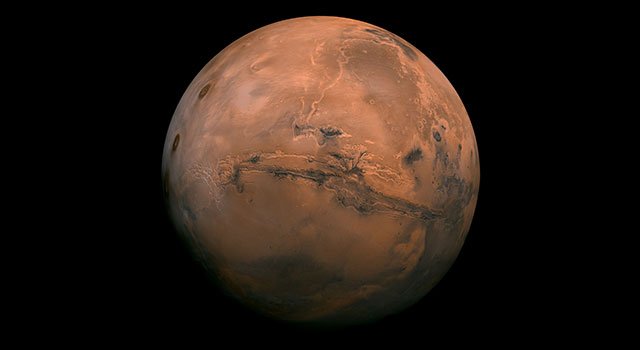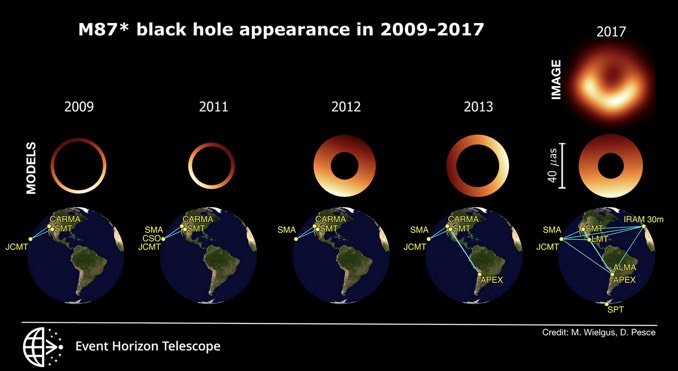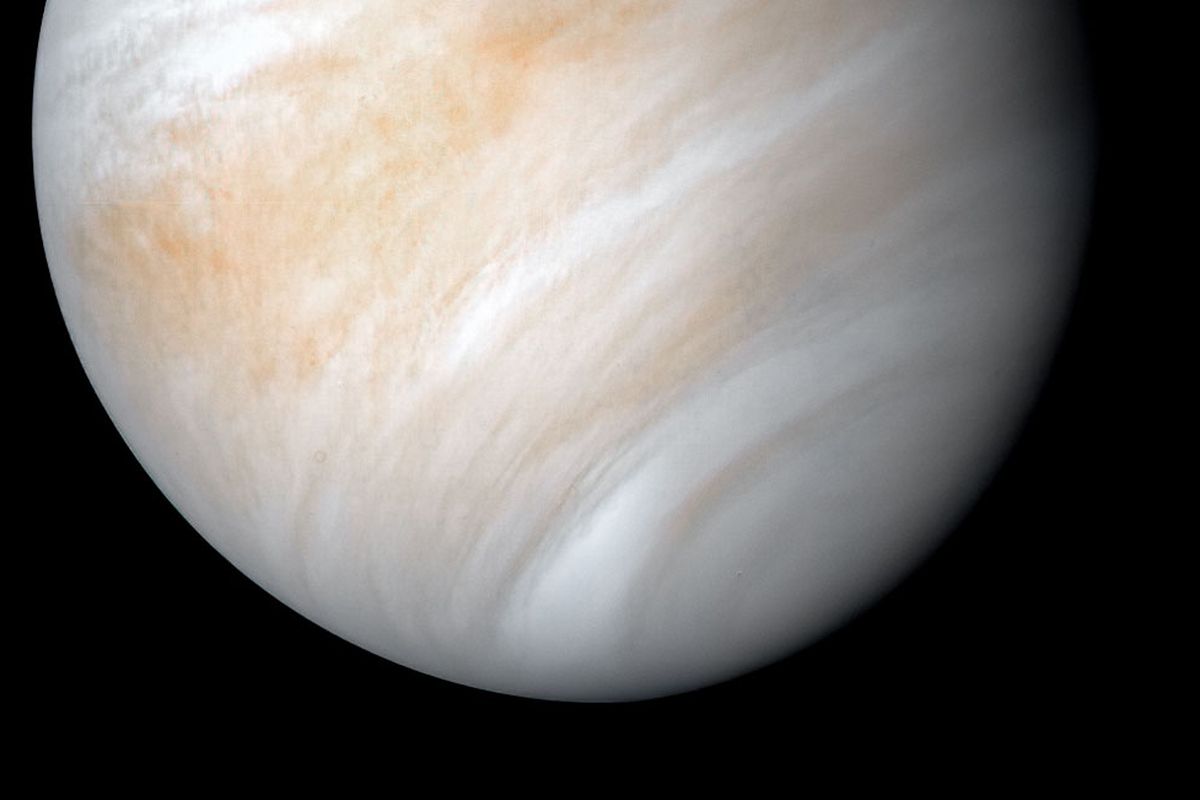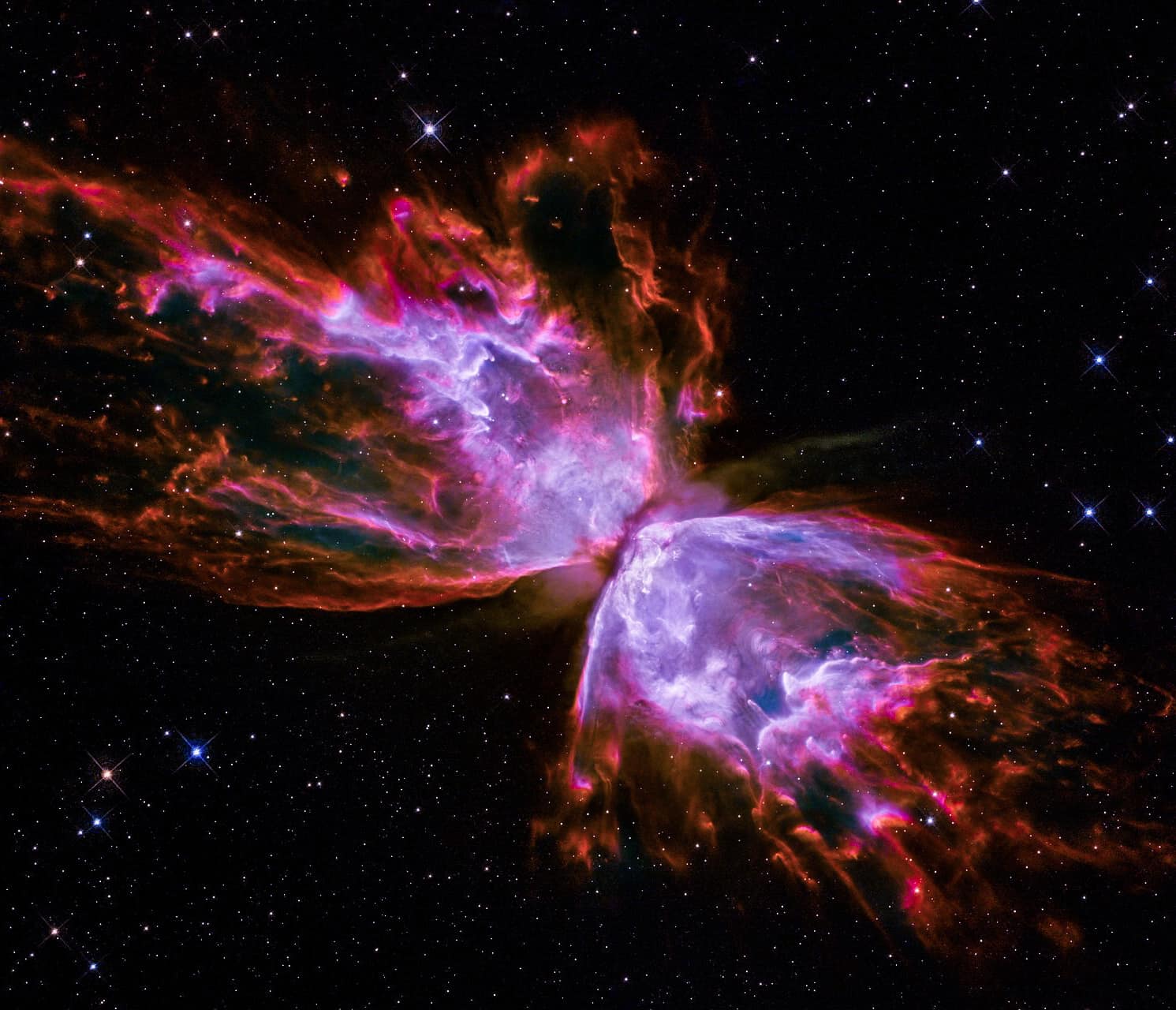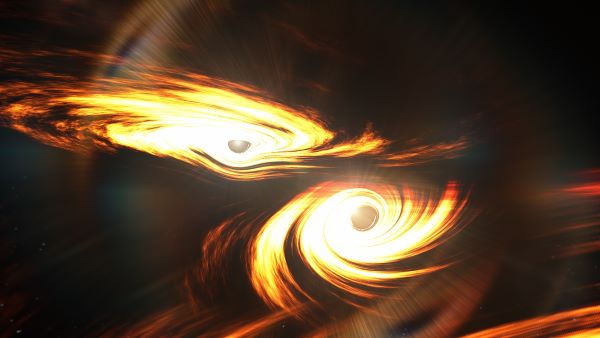Interesting Astronomy & Astrophysics news from the week of 11/1/2020
Next week’s night sky: On Thursday, the Northern Taurids meteor shower peaks! Look at the sky just after midnight to catch a glimpse of up to 15 meteorites per hour! Sunday is the new moon. This is a great time to stargaze, as the moon will not block any of the dimmer stars. If you have a telescope, consider looking at mars on Sunday. It will stay in almost the same place the whole night, making it easy to find! Mountains on Mars How did Olympus Mons […]
Read more